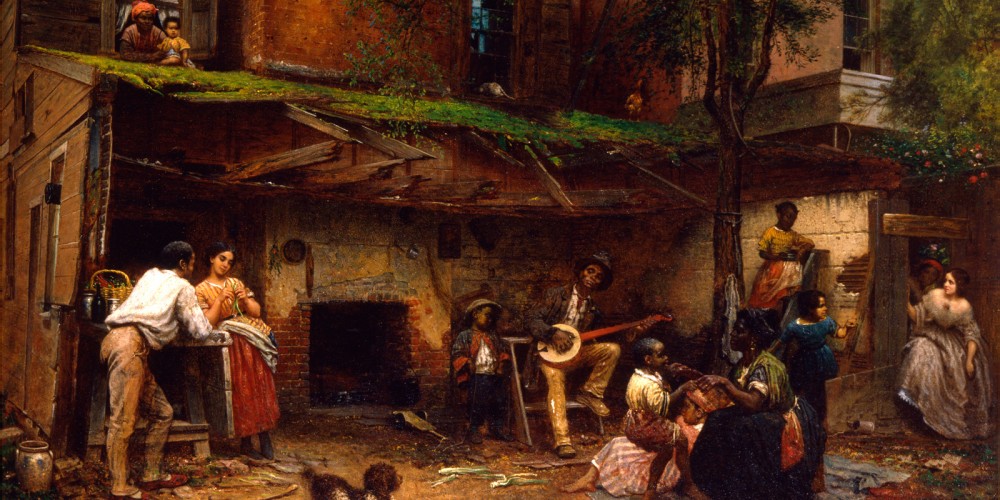In Gone With the Wind, Scarlet O’Hara, dazzling in a sumptuous gown, stands in front of her grand mansion while dashing young men seek to court her. In Twelve Years a Slave, Solomon Northup, standing in rags, struggles to endure the brutality of American slavery. Both films depict the Old South and both films won Academy Awards for Best Picture. Scholars generally agree that Twelve Years’ depiction of the Old South is closer to historical realities than Scarlet O’Hara’s romanticized world, but then neither fully accounts for the variety of life in the Old South. What could? Moviegoers rarely see the vibrant culture African Americans built under slavery, the lives of the poorer whites who could not afford slaves, the dynamics of yeoman farmers who enslaved small numbers, the world of the plantation owners, and the diverse southern cities where Italians and Irishmen labored alongside free and enslaved black Americans together. The Old South is perhaps too complex to represent on one big screen.
The economy of the Old South was rooted in cotton and slavery, producing a social structure and culture unique to the region. Slavery governed relationships between southerners in ways that could be violent or subtle. While only a minority of southerners owned slaves, the institution nonetheless shaped the region. The expansion of slavery and the development of the cotton economy were possible only through federal and local policies of removal, devastating Native American communities in the process. Across the Old South, interactions between white settlers, black slaves, Native Americans, and immigrants from Europe and the Caribbean helped to create a rich and unique culture. Local identity mattered a great deal, but southerners also maintained important ties with the wider world through trade and migration. If it is difficult to capture, such complexity nevertheless makes apparent why Hollywood continues to revisit the Old South. The drama, tragedy, and even comedy of the southern past have much to teach us about our nation and ourselves.
Candela Citations
- American Yawp. Located at: http://www.americanyawp.com/index.html. Project: American Yawp. License: CC BY-SA: Attribution-ShareAlike
